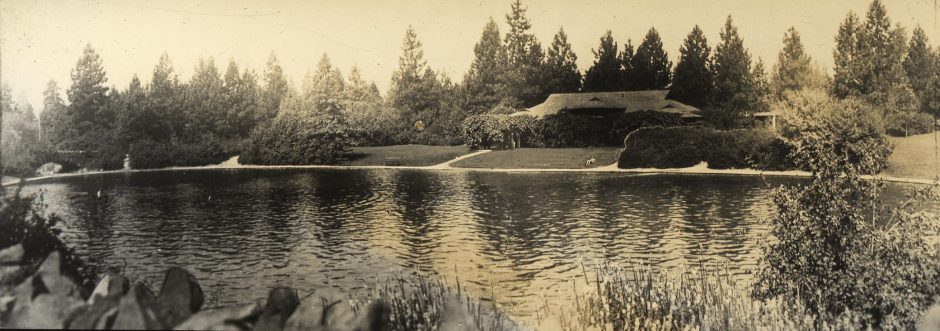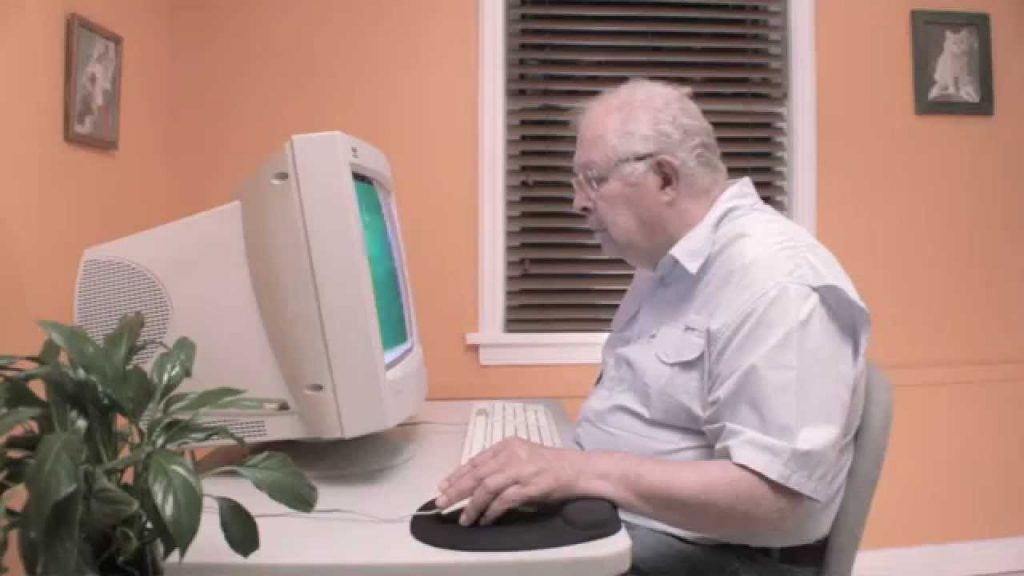The disciplines of the humanities have been around for centuries. They have grown and changed over time adapting to new technologies. In particular, the study of the humanities were most impacted by the invention of the printing press and, over 500 years later, the invention of the computer. These two inventions changed the ways that humanists do their work.
The invention of the printing press made it much easier for scholars to share textual information in ways that had previously been impossible. The computer did not initially help scholars to share information but it helped them to analyze information that came from historic texts. For example, according to A Companion to Digital Humanities, a group of scholars used computers to analyze the “Federalist Papers in an attempt to identify the authorship of the twelve disputed papers.” This was a typical use of early computing technology by humanists.
Up until the early 1990s, computing was not a resource available to everyone. The advent of the affordable personal computer changed the way that humanists do their work in many ways from word processing to electronic mail. Even though personal computers had only been readily available for ten years at the time A Companion to Digital Humanities was written, the authors already saw the personal computer as “a necessity of scholarly life.”
The computer was not just a necessity for its ability to compute and analyze old texts but after the internet was live the collaborative nature of the internet-capable computer became its greatest advantage.The Internet “made it possible to carry out collaborative projects in a way that was never possible before. The simple ability for people in different places to contribute to the same document collections was a great advance on earlier methods of working.” This is important to digital historians because collaboration is integral to our craft. The internet has become such a fixture that students today look to the internet and its search engines as their first place of inquiry on a new topic or idea.
Starting with Apple’s graphic interface, scholars began to use computers and new software to help visualize data. Humanists have always been eager to visualize the data that they capture. This article from The Atlantic shows how humanists were visualizing data in the 1870s. The graphic depictions of data are aesthetically pleasing and rich with color. These graphics are great, but a personal computer with its graphic interface allows humanists to take visualization to the next level. Looking at old maps alongside historic photographs requires much imagination to visualize. However, with the help of technology, we can dump that same information into software that will create a visualization that requires little imagination and can be shared with the masses. Now historians can create three-dimensional tours of ancient cities by using “authentic historical archival maps and survey records” while also “cross-referencing against paintings from around the time.”
Personal computers also allow historians to data mine voluminous amounts of text to dig for trends or patterns in historical documents. The Old Bailey Online project allows historians to dig through twenty-five million words worth of proceedings from “197,745 criminal trials held at London’s central criminal court.” The Old Bailey project claims that this is “the largest body of texts detailing the lives of non-elite people ever published.” The possibilities of what you can do with a resource like this are vast as we learn in “Data Mining with Criminal Intent.” Dan Cohen and his team show us how “integrated tools make broader historical phenomena likewise visible.”









